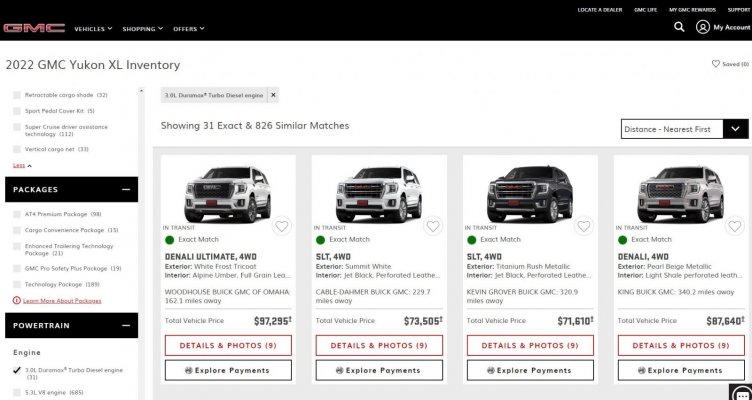I'd agree to an extent for sure...car buyer buying from a new car dealer at a $5-8k markup and then trying to make another $5k is fading away...the normal consumer that isn't really trying to flip it, but think of it as trading sooner, may be around for a little while longer...I'd look at it from two different situations - both of which are favorable IMO.
1) Drive whatever you bought for 6-9-12 months and then sell/trade at a price point equal to or higher than what you paid for it
2) Drive whatever you bought for 6-9-12 months and then sell/trade at a price point equal to or higher than the replacement cost of the same vehicle you're driving
both are atypical of the normal car market, first one you're likely to have to shell out some for sales taxes but still likely to come out ahead while the second is flat out gaining equity (for those that financed) and really driving down the cost of owning/driving per mile... while you get a new vehicle with warranty
After ordering an identical 2023 Z71 tahoe, I'm watching how our 22 Z71 is trending with its trade in value...right now it's $5k over what we paid and $3k over what the new one will cost. Even if the value of the 22 is even or a little less than the 2023, we'll be happy...
now the optics aren't ideal, but optics aren't paying the bills
Are you using something like KBB trade in value or do you have access to auction wholesale values?
KBB tends to be way optimistic.
While this isn't a GM SUV forum:
You can see how Granger Ford has enough allocations for F150s to start stocking up dealer inventory (not retail customer orders) and they offer 3% below invoice.
I think the car market is going to change quickly in the next 6 months to the point where we start seeing dealer inventory sit on lots. Once that happens, we can kiss the sky high trade in values good bye.
I also think the full size SUV market is going to get hit harder than the pickup market. The 1/2 ton pickup market is matured. All the major players Ford, Ram, Chevy/GMC, and Toyota have all made their updates and it's just a matter of increasing the production of the existing lineup.
The full size SUV market is still in a phase of introducing competitors that didn't really exist 6 months ago like the Wagoneer L and Grand Wagoneer L while Toyota ramps up production of the Sequoia that was long forgotten. I'm not here to debate whether those are better or not than GM offerings, but the fact that we're adding to the lineup of full size SUVs instead of solely increasing production of an existing lineup is additional pressure on the segment.

